Hackberry Tree in Bukbu-ri (창원북부리팽나무)
0m 0 2024-02-15
102-1 Bukbu-ri, Uichang-gu, Changwon-si, Gyeongsangnam-do
Hackberry Tree in Bukbu-ri is the most famous “celebrity tree” in Changwon. It became famous after appearing in episodes 7 and 8 of the popular drama “Extraordinary Attorney Woo (2022).” The tree sits on a hilltop, allowing visitors to enjoy the cool breeze and the panoramic view of Changwon's old neighborhood. Bukbu-ri village entrance has signposts leading to the hackberry here and there with drawings of dolphins symbolizing the drama (the drama protagonist’s favorite animal), making it convenient for tourists to reach the tree. The hackberry tree is estimated to be over 500 years old, and its size and scale cannot be captured with a camera in one frame. It is a protected tree designated by the state, visitors are advised to refrain from touching or getting close to the tree.
Birthplace of the16th President of Korea, Roh Moo-hyun (진영 봉하마을과 노무현 대통령 생가)
5.5 Km 19028 2022-12-29
129, Bongha-ro, Gimhae-si, Gyeongsangnam-do
+82-1688-0523
Bongha Village is located 4.5km to the east of Jinyeong-eup, on the foot-slopes of Bonghwasan mountain. It is a typical farming village, and its major produce is Jinyeong sweet persimmons and rice. Its name comes from the mound above it on Bonghwasan mountain, where in the past beacons were lit as a method of communication. Bonghwasan mountain is home to Bonghwasa temple and two famous valleys: Doduk (thief) valley on the east side, named because of the many thieves that used to operate in the area, and Yasi (fox) valley on the west side, which looks like a fox lying on its front, looking back at its tail.
Birthplace of the former President of Korea, Roh Moo-hyun
The birthplace of the former President of Korea, Roh Moo-hyun, is a brick house with a slate roof that consists of two small rooms and a kitchen. Although it is a shabby house, everything in it seems rare and precious to visitors. The earth, stones, and water, as well as household items, are popular with visitors. Some visitors even take stones and soil from the garden home with them in plastic bags, and some take water, believing that water from the ex-president’s birthplace is almost sacred.
Junam Reservoir - Habitat for migratory birds (주남저수지 (철새도래지))
6.0 Km 20075 2020-06-09
26, Junam-ro 101beon-gil, Uichang-gu, Changwon-si, Gyeongsangnam-do
+82-55-225-2798
Junam Reservoir features a large migratory bird sanctuary spread throughout three reservoirs (Sannam, Junam, and Dongpan), and is one of Korea’s top nature-watching areas for visitors. It operates Ramsar Culture Center, ecology educational hall, bird-watching site and Junam Environment School free of charge and a guide tour is available to explore the reservoir with ecological explanations. In addition, a lotus field and flower road can be visited in the reservoir.
Junam Eco-Learning Center (주남저수지 생태학습관)
6.3 Km 10011 2021-07-21
32, Junam-ro 101beon-gil, Uichang-gu, Changwon-si, Gyeongsangnam-do
+82-55-225-3499
The Junam Eco-Learning Center consists of exhibition galleries, a main hall, and local produce store. Opened in 2004, the center introduces the birds, plants, and insects that are living in and around Junam Reservoir through framed and stuffed samples. In the theater, visitors can watch a video showing the intricate connection between humans and the birds of Junam. The monitors hanging on the outer walls of the galleries show the birds’ flying technique and their ecology. After exploring the center, visitors can take a free bicycle ride to the wetlands to observe the reservoir and migratory birds.
Gimhae Nakdonggang River Rail Park (김해낙동강레일파크)
8.7 Km 9342 2022-12-29
41, Masa-ro 473beon-gil, Gimhae-si, Gyeongsangnam-do
Gimhae Nakdonggang River rail bike runs for about 3km in distance and you may enjoy nakdonggang river's beautiful view while riding on the rail bike. Experience a unique atmosphere as you bypass the vintage railway bridge, and a wine cave can also be found in the vicinity.
Mageumsan Hot Springs (마금산원탕)
10.5 Km 11626 2020-06-04
1167, Cheonju-ro, Uichang-gu, Changwon-si, Gyeongsangnam-do
55-298-4400
Also referred to as Buk-myeon Hot Springs after the name of the region, Mageumsan Hot Springs is 13 kilometers north of Rural Route 1045 from Euichang-dong in Changwon and takes approximately 20 minutes to get to by car. Mageumsan Hot Springs rises 200 meters above sea level, contains a slightly alkaline enriched water of 55℃ or more, and consists of over 20 mineral substances including natrium, radium, manganese, ion sulfate, and others. Mageumsan Hot Springs are known to be effective in helping arthritis, women's diseases, neuralgia, depression, etc., and are frequently visited by travelers.
Records of Mageumsan Hot Springs are listed in the ancient texts of King Sejong's Geographical Book, Survey on Civilization (Dongguk-yeojiseungnam), and more, illustrating that these hot springs were of great importance in ages past. The hot springs were temporarily closed in the later period of the Joseon Dynasty but were reopened by a man named Tokunaga from Japan. Later, Jin-Il Sohn, a resident of the area took ownership of the hot springs.
Outstanding scenery complements the hot springs with Cheonmasan Mountain (370m), Mageumsan Mountain
and Baekweolsan Mountain (400m) located nearby. In particular, there is a legend that surrounds Baekweolsan Mountain
and people like to climb this mountain and then relax by bathing in the hot springs.
Gimhae Buncheong Ceramics Festival (김해분청도자기축제)
10.9 Km 11175 2023-09-18
275-35, Jillye-ro, Gimhae-si, Gyeongsangnam-do
+82-55-330-3244
Gimhae Buncheong Ceramics Festival celebrates the unique Korean buncheongsagi (a grayish-blue-powdered celadon). Visitors can enjoy various programs such as cooking with buncheong ceramic pot, pottery making experience, flying a wish balloon, and many more.
Clayarch Gimhae Museum (클레이아크 김해미술관)
11.1 Km 12887 2022-12-29
275-51, Jillye-ro, Jillye-myeon, Gimhae-si, Gyeongsangnam-do
The name “Clayarch” is a compound word of clay and arch, short for“architecture.” It embodies the basic spirit of the museum, which is to pursue development in the field of architectural ceramics through working with science, art, education, and industry.
Clayarch Gimhae Museum aims to play a leading role in the development of architectural ceramics, which are now spreading across the globe. It intends to do so by rediscovering the relationship between ceramics and architecture – a matter that has been relatively ignored – as a new direction for ceramic art. This reflects the pluralism of this time, which seeks to pursue something creative and new and to overcome the limitations of specific fields through working with different genres. The museum seeks to actively lead this artistic attempt, and make aesthetic and scientific achievements in this field with theoretical backing gained through academic activities, lectures, and research.
Samgnangjin Station (삼랑진역)
11.7 Km 562 2016-11-04
72, Cheontae-ro, Miryang-si, Gyeongsangnam-do
Located in Miryang of Gyeongsangnam-do, Samnangjin (Sam means three, Nang means flowing waters) received its name as Miryang River and Nakdonggang River meets nearby to form a confluence. The station was rebuilt in 1999 to take its current form and is responsible of ticketing, carrying passengers and cargo, etc.
The House of Changwon (창원의 집)
12.3 Km 29505 2021-12-08
59, Sarim-ro 16beon-gil, Uichang-gu, Changwon-si, Gyeongsangnam-do
+82-55-714-7646
The House of Changwon was home to Du-cheol (pen name Toeeun), a famous scholar. This house is now used as a traditional lifestyle and culture learning center for studying traditional Korean culture and customs. Built on a 10,209 ㎡ site, the house contains 14 buildings, including one exhibiting a collection of farming tools. The establishment itself is one of few living artifacts in the country, offering a peek into how ancient Koreans lived. The complex serves as the venue for a cultural class for visitors and other events and functions such as a chapel for traditional weddings and other ceremonies.
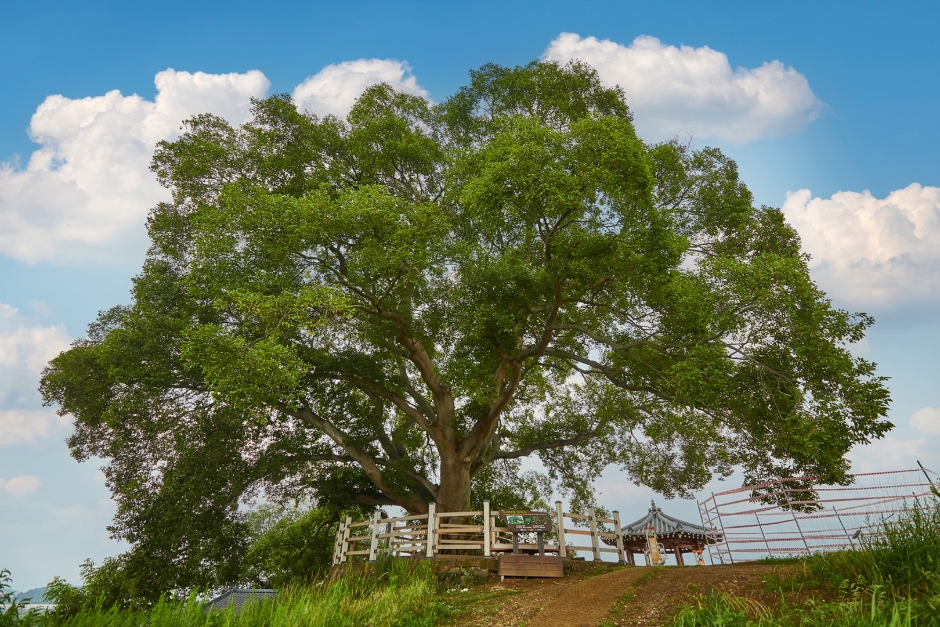

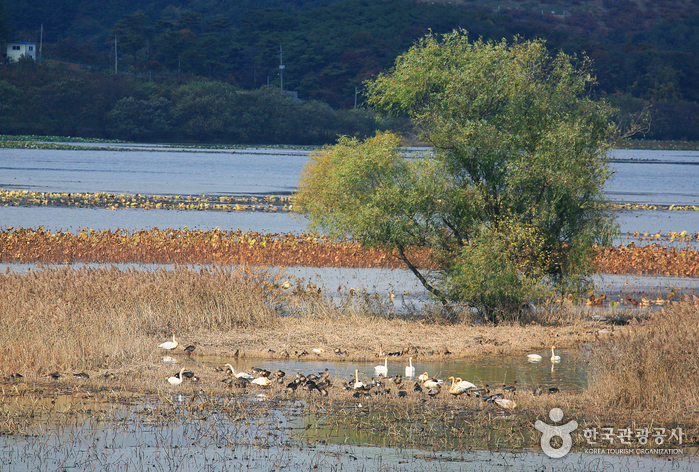
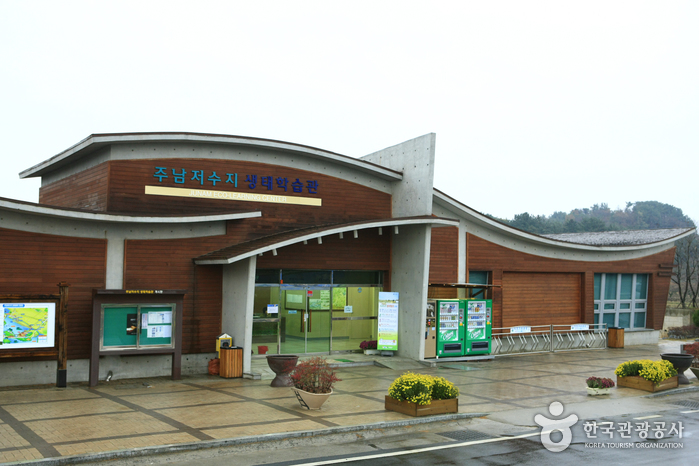
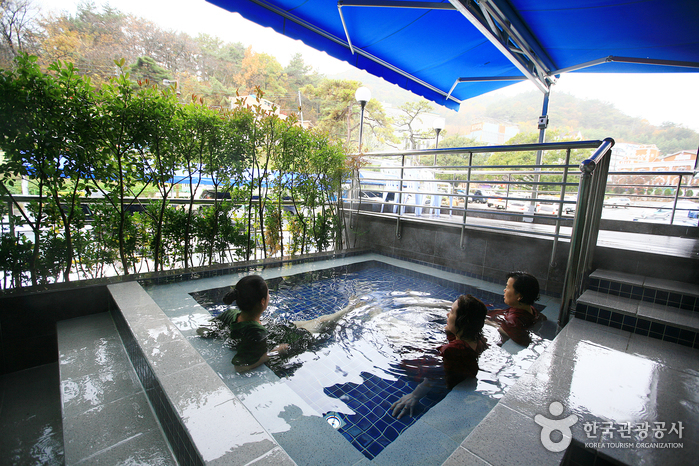
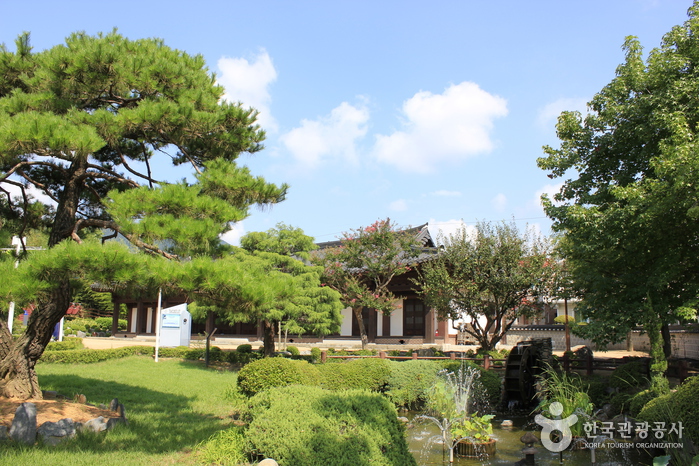
 English
English
 한국어
한국어 日本語
日本語 中文(简体)
中文(简体) Deutsch
Deutsch Français
Français Español
Español Русский
Русский